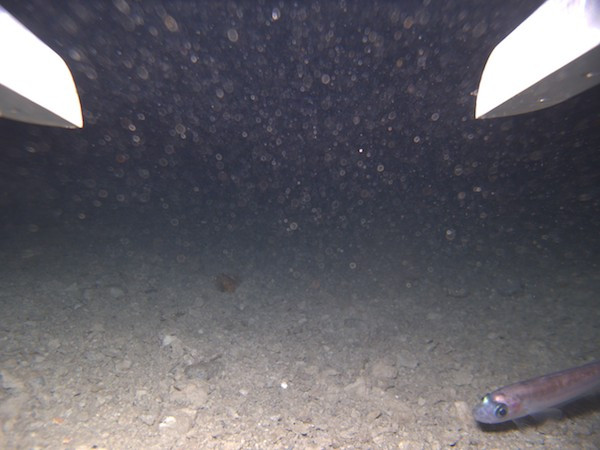Live fish discovered thousands of feet under Antarctica ice, scientists amused

Scientists from the National Science Foundation were left baffled after they discovered a lost world thousands of feet underneath the Arctic Ocean.
The project WISSARD drilling in Antarctica has raised new questions about the sustainability of life in the extreme environment as scientist have found different fish and marine invertebrates living well below sub zero temperatures.
Under the project, NFS used a specially designed hot-water drill to dig through half a mile of thick ice, National Science Foundation said in its report.
Data received from the samples of sediments collected from the "zone" is expected to help study ice sheets and predict their potential effects on the rise of sea level.
However, when an underwater camera was sent through the drilling hole, scientists were surprised to life flourishing beneath.
"I have been investigating these types of environments for much of my career, and although I knew it would be difficult, I had been wanting to access this system for years because of its scientific importance," said Ross Powell, a chief scientist with the Whillans Ice Stream Subglacial Access Research Drilling (WISSARD) project and a researcher at Northern Illinois University.
The WISSARD team is using a specially designed machine known as Deep SCINI, a remotely operated vehicle (ROV).
The vehicle is capable of under-ice navigation and imaging and can explore around 400 square metres of the marine cavity around the borehole.
Scientist claim that finding life including fish and numerous other amphipods will provide new clues about an ecosystem where creatures can survive and thrive in one of the world's most extreme environments.
"Finding fish, or any other type of life, under an ice shelf is by itself not novel," John Priscu, a WISSARD chief scientist who studied life in and under Antarctic ice for more than 30 years said in the official NFS report.
"However, our WISSARD data will establish for the first time sources of carbon and energy for higher trophic levels in this most southerly marine ecosystem. Our data will also provide important information on the connectivity between subglacial environments and ice-shelf productivity, allowing us to predict first responders to a warming climate," he added.
© Copyright IBTimes 2025. All rights reserved.






















